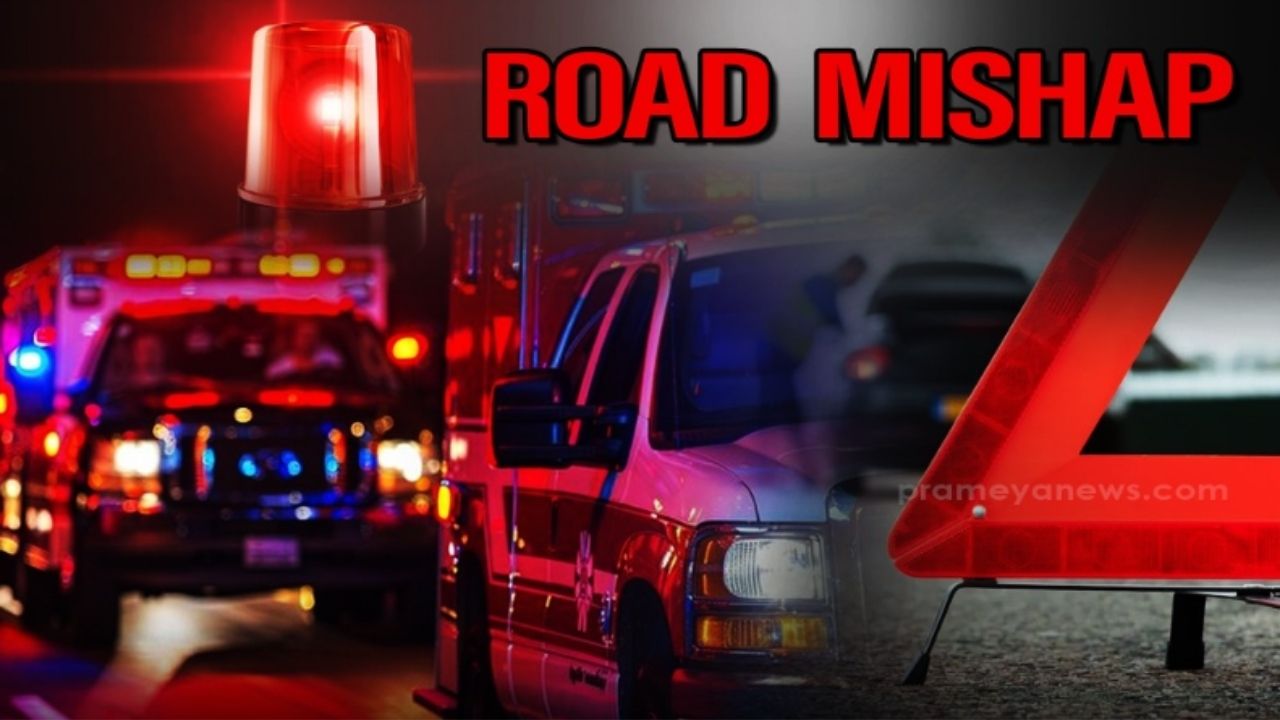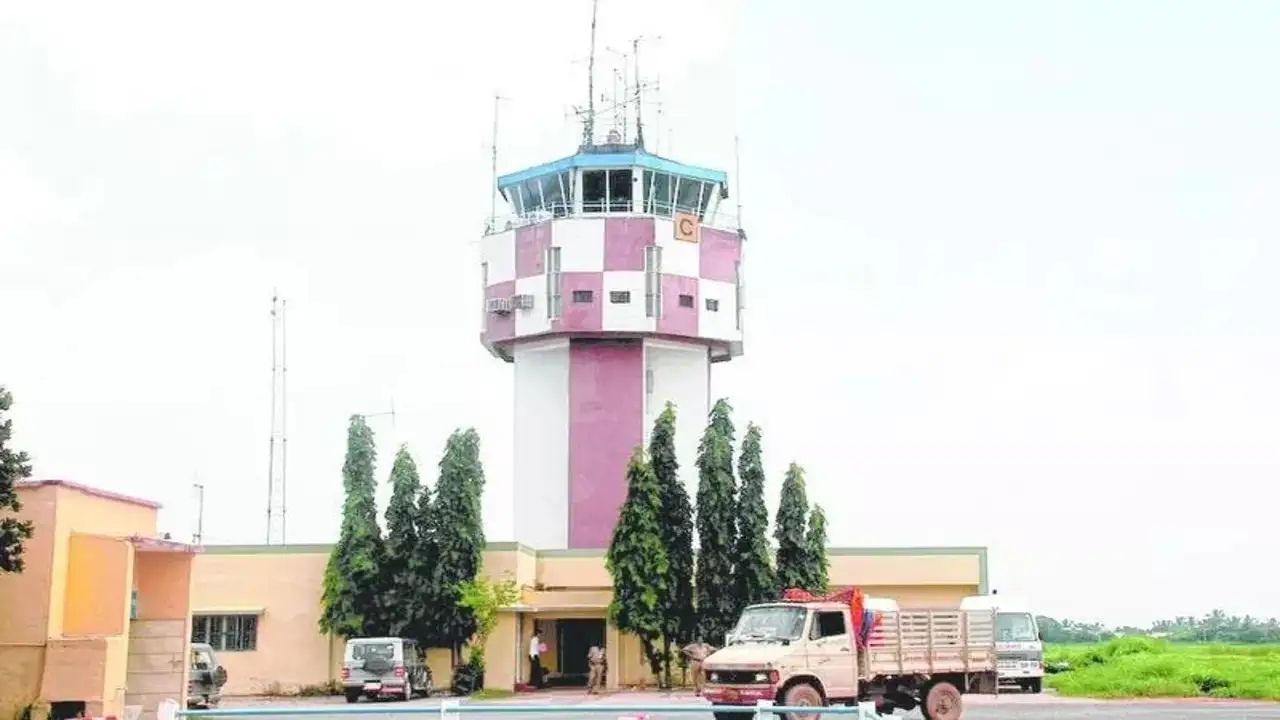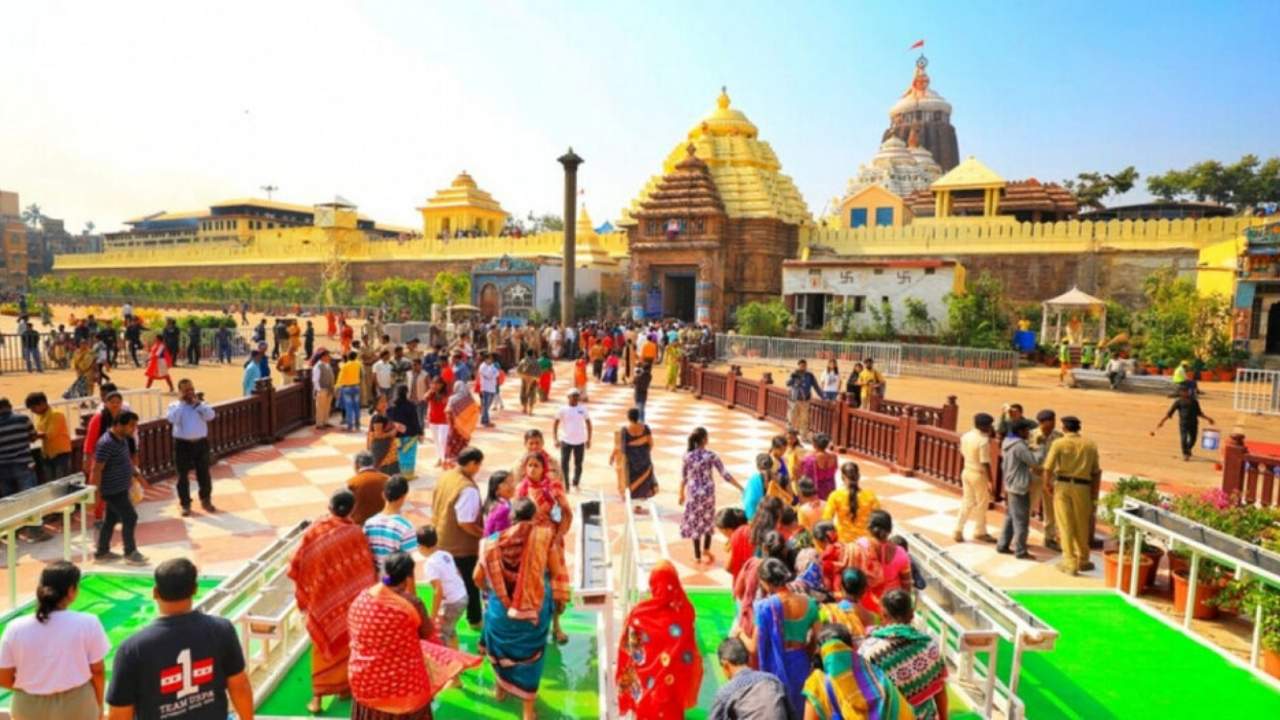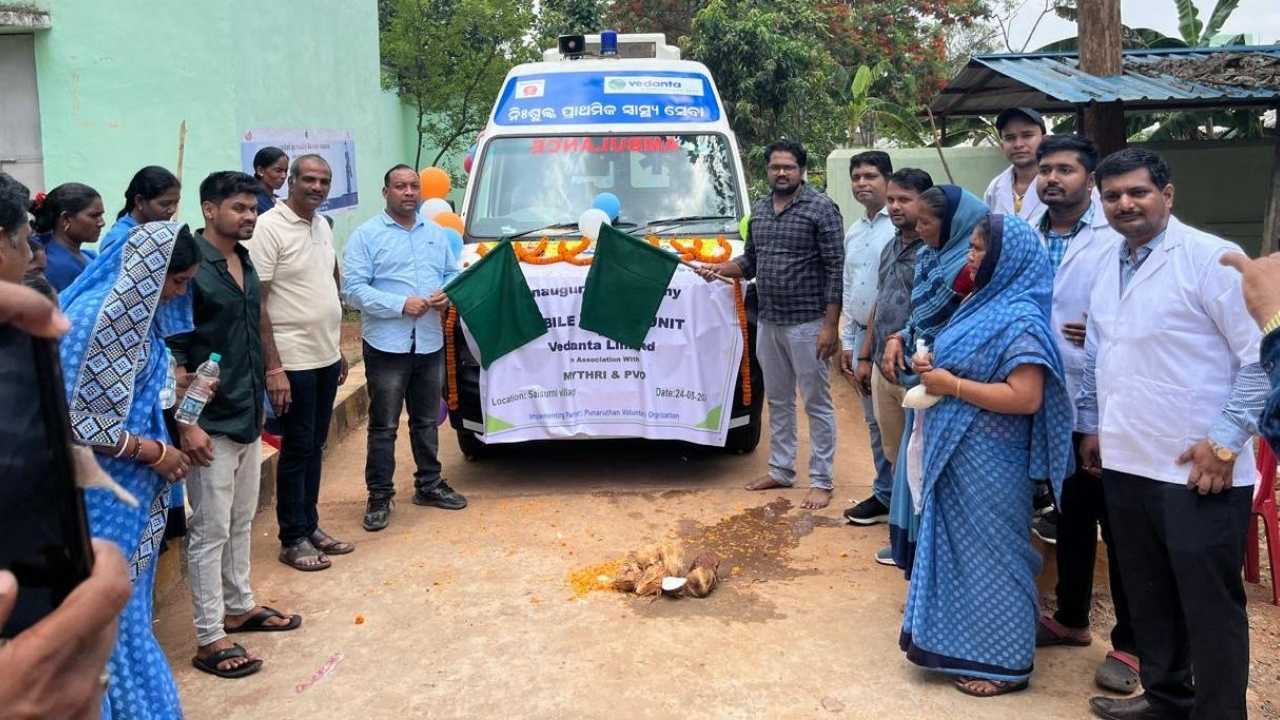On the night of July 19, 2025, tragedy struck in the Sunabeda region of Koraput district, Odisha, when two SUVs collided head-on, resulting in three fatalities and leaving two individuals severely injured. The accident, which took place on National Highway 26, serves as a stark reminder of the dangers that lurk on poorly lit and accident-prone roads. The incident raised serious concerns about road safety in the region, making it necessary to delve deeper into what happened, its impact, and what could be done to prevent similar incidents in the future.
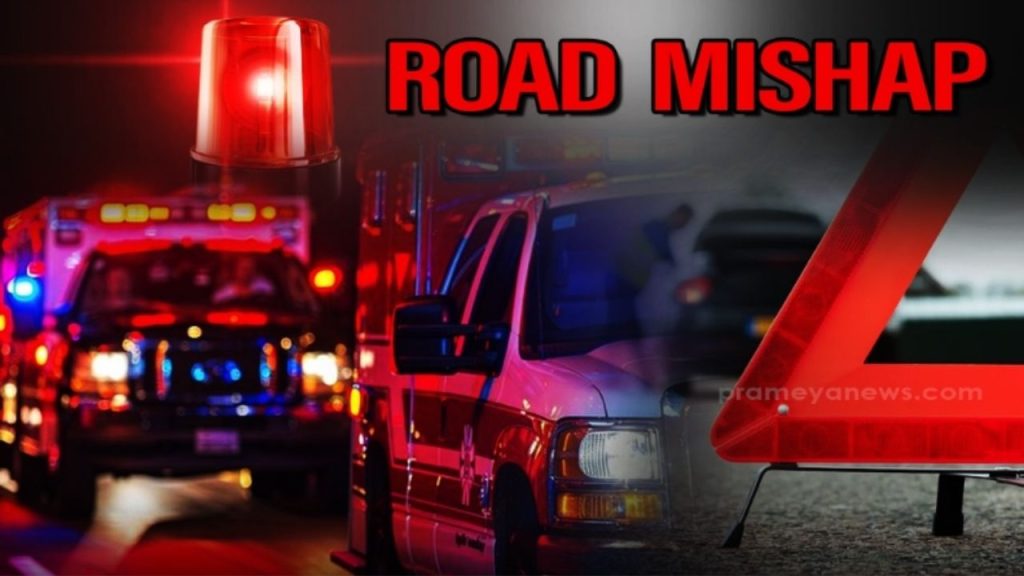
Late-Night SUV Crash in Koraput
| Event | Details |
|---|---|
| Date of Incident | July 19, 2025 |
| Location | National Highway 26, near Sunabeda, Koraput, Odisha |
| Fatalities | Three individuals died on the spot, one succumbed to injuries during transportation. |
| Injuries | Two individuals were seriously injured, with one being transferred to a hospital in Visakhapatnam. |
| Accident Cause | A motorbike swerved between the two approaching vehicles, causing a head-on collision. |
| Vehicles Involved | Celerio (car) and Safari (SUV) |
| Investigating Authorities | Local police initiated an investigation, and the bodies have been sent for post-mortem. |
| Road Safety Concern | Calls for better traffic management and infrastructure improvements on National Highway 26. |
For more information on road safety and accident prevention, check out resources on National Highway Authority of India or Odisha Police.
The tragic events of July 19, 2025, in Koraput remind us of the importance of road safety. While accidents like this are often unavoidable, there are many measures we can take—improving road infrastructure, educating drivers, enforcing traffic laws, and enhancing emergency response systems—to reduce the number of fatal accidents. Everyone, from government authorities to individual drivers, plays a crucial role in ensuring our roads are safer.
By focusing on these areas and taking collective action, we can help prevent further tragedies and protect lives. The people of Koraput and beyond deserve safer roads, and it is up to all of us to work together to make that a reality.
The Incident: What Happened?
Late on a Saturday night, an unfortunate incident occurred on National Highway 26, near Sunabeda, in the Koraput district of Odisha. The crash involved two SUVs—one a Celerio and the other a Safari. Both vehicles were traveling in opposite directions when the accident occurred, around 11:30 PM.
The Collision
Reports suggest that a motorcycle, which was traveling between the two vehicles, swerved unexpectedly, leading to a head-on collision. As both SUVs attempted to avoid hitting the motorbike, they crashed into each other. The force of the impact resulted in immediate casualties, with three passengers in the Celerio dying on the spot, while the driver of the Safari succumbed to his injuries on the way to the hospital.
One of the severely injured individuals was transferred to a private hospital in Visakhapatnam, where he continues to receive specialized care.
The aftermath of this crash shocked the local community and raised serious concerns about road safety, especially on this stretch of National Highway 26, which has seen a number of accidents in recent months.
Key Takeaways
- Accident Severity: Four people lost their lives in this tragic incident.
- Immediate Impact: Two people sustained injuries, one of whom was transferred for advanced medical treatment.
- Potential Cause: The cause of the crash is believed to have been caused by the sudden movement of a motorbike between the two vehicles.
- Authorities Involved: Local police have initiated an investigation, and the bodies have been sent for post-mortem.
- Road Safety Calls: Local residents and authorities are calling for better infrastructure, traffic management, and awareness to prevent such tragedies in the future.

What Can Be Done to Prevent Such Incidents?
Accidents like this aren’t just a reminder of how fragile life is—they also highlight some critical aspects of road safety that need attention. Below is a detailed breakdown of practical steps we can take to prevent such incidents from occurring again.
1. Improved Road Infrastructure
National Highway 26, especially around Sunabeda, needs a serious overhaul. This stretch is known for its winding roads and poor lighting at night. To prevent future accidents, the road must be equipped with:
- Better lighting: Roads in rural and semi-urban areas must have adequate streetlights to make driving safer at night.
- Wider roads and clear signs: Clear lane markings and reflective signs can help drivers stay in their lanes, even in low visibility conditions.
- Guardrails and barriers: Installing guardrails on the sides of roads can prevent vehicles from veering off-course, reducing the chances of head-on collisions.
2. Traffic Awareness Campaigns
Education is a vital part of any road safety initiative. There are many causes of road accidents, from speeding to distracted driving, but raising awareness can go a long way. Here are some ideas:
- Public campaigns: Launch road safety awareness campaigns, especially targeting motorcyclists, who often cause accidents by weaving between vehicles.
- School programs: Introduce road safety education in schools and community centers to teach younger drivers about the dangers of risky driving behavior.
- Warning systems: Using road signs to warn drivers about sudden curves, animals crossing, or heavy traffic zones can help prevent accidents.
3. Better Emergency Response Systems
In rural areas like Sunabeda, response times can be slower. Improving emergency response services is critical in saving lives in the event of a crash:
- Ambulance stations: Setting up more ambulance stations along highways can ensure quicker access to emergency care.
- Training first responders: It’s crucial for local police and emergency responders to have up-to-date training on handling road accident situations, ensuring a swift rescue operation.
4. Enforcement of Traffic Laws
Speeding and reckless driving are common contributors to accidents. Stronger enforcement of traffic laws, especially during late-night hours, could deter dangerous driving:
- Speed cameras: Installing cameras in high-risk zones to catch speeders can help discourage reckless driving.
- Random checks: Police can conduct random checks for drivers under the influence of alcohol or drugs, both of which are common factors in accidents.
What Happens After a Fatal Accident?
After a fatal accident, a detailed investigation is carried out by local police. This investigation typically includes:
- Initial Report: The police will immediately secure the crash site and start gathering evidence. They will interview witnesses, collect any CCTV footage from nearby buildings, and analyze the vehicles involved.
- Autopsy and Post-mortem Examination: In fatal accidents, the bodies of the deceased are sent for autopsy to determine the exact cause of death.
- Legal Proceedings: If any traffic laws were violated, such as speeding or driving under the influence, the driver responsible may face legal consequences.
- Insurance Claims: Families of the deceased can file insurance claims if the vehicles involved were insured. Depending on the case, compensation may be provided to the victims’ families.
Odisha Crime Branch Interrogates Person Who Tried to Prevent Self-Immolator’s Death
Transforming Odisha’s Rural Economy: A Strategic Agrarian Renewal Approach
Odisha Implements Policy to Prevent High-Risk Prisoners from Attending Court in Person
FAQs
1. What is the cause of most road accidents?
Speeding, distracted driving (like texting while driving), driving under the influence of alcohol or drugs, and poor road conditions are the leading causes of road accidents.
2. How can I improve my driving safety?
Always wear your seatbelt, avoid distractions, obey speed limits, and drive sober. Make sure your vehicle is regularly serviced to avoid breakdowns on the road.
3. What should I do if I am involved in a car accident?
Immediately call emergency services, ensure everyone’s safety, and provide first aid if necessary. Exchange contact information with others involved in the accident, and do not admit fault until the investigation is complete.
4. Why are rural areas more accident-prone?
Rural roads often lack proper lighting, clear signage, and infrastructure, making driving more hazardous. Moreover, emergency services may be farther away, leading to longer response times.

